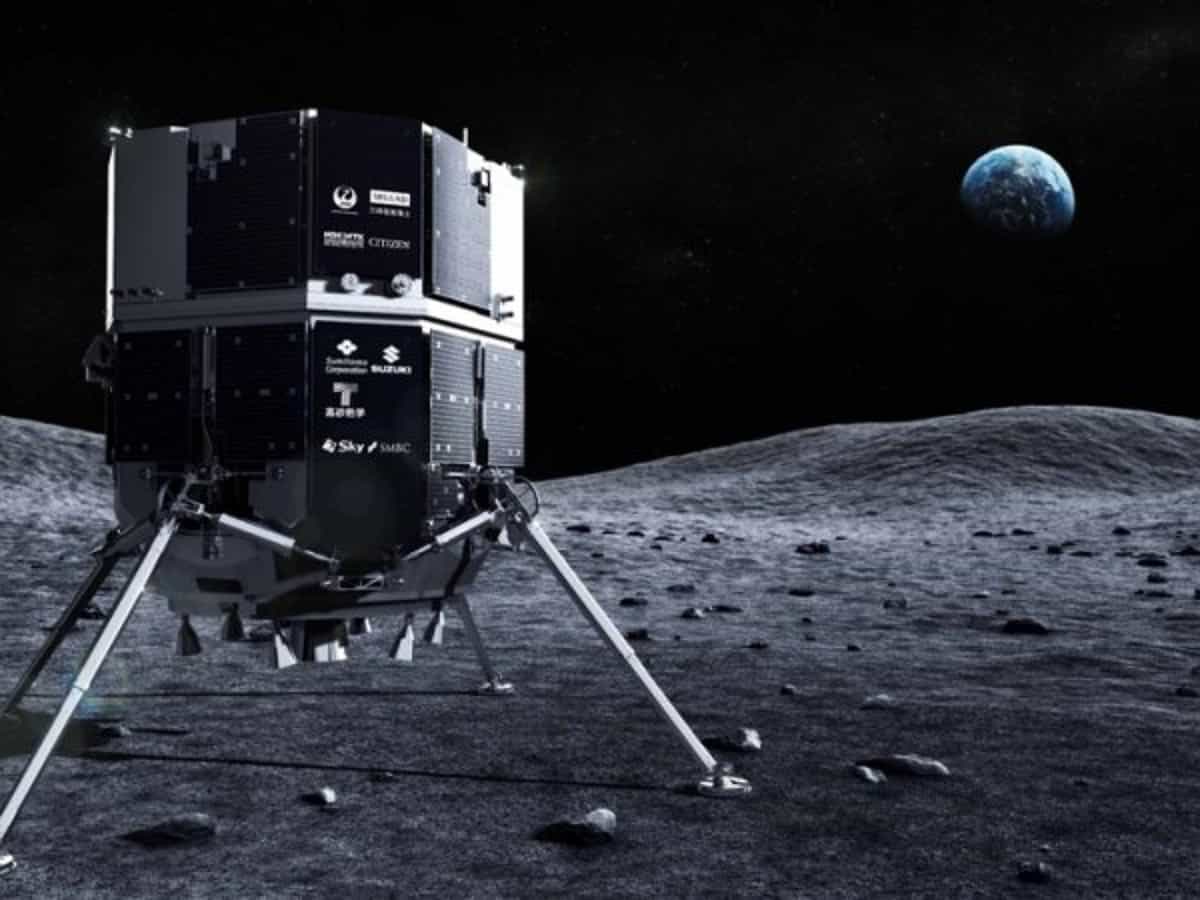
Washington: A Japanese lunar lander, carrying a rover developed in the United Arab Emirates, attempted to find its footing on the moon’s surface on Tuesday, and potentially mark the world’s first lunar landing for a commercially developed spacecraft, CNN reported.
But flight controllers on the ground were not immediately able to regain contact, prompting the company to presume the spacecraft was lost.
The lander, built by Japanese firm Ispace, launched atop a SpaceX rocket from Cape Canaveral, Florida, on December 11. The spacecraft then made a three-month trek to enter orbit around the moon, which lies about 239,000 miles (383,000 kilometers) from Earth, using a low-energy trajectory.
Overall, the journey took the lander about 870,000 miles (1.4 million kilometers) through space.
Minutes passed as the mission control team worked to regain contact with the vehicle after an expected communications blackout. About 20 minutes after the planned landing time, Ispace CEO Takeshi Hakamada delivered an update, CNN reported.
“We have not been able to confirm successful landing,” he said, adding, “We have to assume…that we could not complete the landing on the lunar surface. Our engineers continue to investigate the situation.”
He added that his team was able to gather data from the vehicle right up until the attempted landing, a “great achievement” that should help inform future Ispace missions.
The lunar lander, called Hakuto-R, was carrying the Rashid rover, the first Arab-built lunar spacecraft, which was built by Mohammed bin Rashid Space Centre in Dubai.
In history, only three countries have ever executed a controlled landing on the moon, the United States, the former Soviet Union and China. The US remains the only country to have put humans on the moon, CNN reported.
Japan’s Ispace had a different approach from prior lunar missions, attempting to land its spacecraft on the moon as a for-profit business rather than under the banner of a single country.
(Except for the headline, the story has not been edited by Siasat staff and is published from a syndicated feed.)



